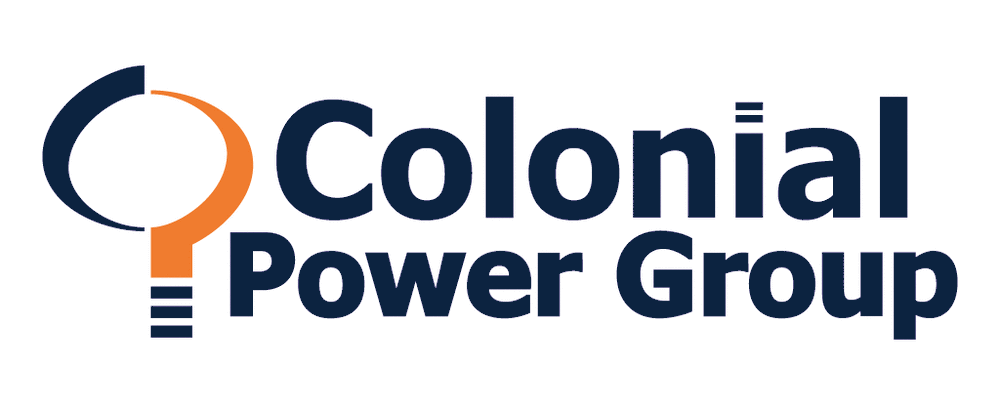By MARK BIAGIOTTI
BURLINGTON – The Select Board recently heard an update regarding the town’s community aggregation utility plan.
The town pursued this initiative, which went into effect last October, due to inquiries as to why the town didn’t have an aggregation program after electric utilities prices significant raised several years ago.
Municipal aggregation began in Massachusetts in 1997 as a way to create a more competitive environment for utility companies. Through aggregation, local governments combine the purchasing power of residential energy consumers to provide an alternate, often cheaper energy supply than what might be available through a private utility company like Eversource – and potentially with a higher mix of renewable energy. Cappadona noted residents can save an average of 8 to 10 percent per month on their utility bills, though those savings rates have been higher in recent memory.
Colonial Power Group presented the town with the 2024 Quarter 4 report for the municipal aggregation program, including the enrollment data received a few months ago that they claim has “launched as an undeniable success for the town.”
This comes after municipal aggregation customers recently found themselves looking at an unexpected increase in their electric bill in October.
The town of Burlington’s Financial Analyst, Samuel Hockenbury, recently addressed the Select Board to further explain the municipal aggregation program after receiving multiple calls from residents questioning their bill hikes. He broke down what the Eversource billing is, what aggregation is covering and what drove the actual change in people’s billing.
Electric bills charge for both supply and delivery. The town’s aggregation program only affects the supply rate. Eversource continues to set the delivery rate, which is what drove the recent change in pricing.
The town’s supply program saves money relative to not having the program, but does not to mean your final bill will be lower than some billing periods. Eversource’s delivery charges are out of the town’s control and are set by Eversource regardless of the municipal aggregation program.
2024 Quarter 4 Report
The town got its first quarterly report earlier this month which provided information on how many aggregation users there are and how many kilowatts the town uses. The information has been examined and Colonial Power Group informed the town how much Burlington residents on the aggregation program are saving.’
– There was a lower than average opt-out rate, indicating they offered a competitive product and informed people to agree to stick with the town’s programs. They also gained nearly 100 opt-ins from word of mouth and other communications that people actively sought out to join the program during the initial open enrollment.
– Resident make up the majority of the program members as 87 percent of meters are residences. The town’s commercial and industrial users use more than three times the energy per meter relative to the residential consumer, meaning that on a per-meter basis, the program leads to more significant individual returns than the average homeowner.
– The community at-large saved $511,945 over the last three months of 2024. November and December saw more than $40,000 in additional savings over October. However, those months experienced more significant usage than October. More usage means more dollars saved because the savings rate is fixed at about 2 cents per kilowatt hour. For example, saving 2 percent on $100 is $2 and $20 off $1,000.
– When breaking down the savings by usage class, the industrial users lost money in October but more than made up for it in savings in November and December when Eversource’s basic service industrial supply rate changed. The town’s commercial businesses and residents saved money in aggregate each month.
– Residents saved $12.51-$17.28 per month on average. Commercial meters saved $44.85-$55.08 per month on average. Industrial meters saw a loss of $340.49 in October, but they made up for that loss in November and December by saving $1,907.72 and $2,579.94, respectively, on average.
Looking to the Future
January’s savings are expected to mimic what was seen in November and December, but the savings are anticipated to be significantly smaller in February and March compared to the basic service. Residential users with a typical energy profile will continue to save money at $0.0012 per kWh, which is about 12 cents per 100 kWa. Green profiles will be pricier but may be worth it for those supporting green energy production. Small commercial businesses might consider dropping the aggregation program for now, as the Eversource rate is lower until August, when it will increase preparation for the winter months. The losses are minor at $0.00151 per kWh, about 15 cents per 100 kWh. Medium and large commercial users will save substantial amounts regardless of their class.
Overall, Q1 of 2025 is expected to report aggregate savings, while Q2 2025 should also show net savings, and Q3 and Q4 are expected to have more significant savings when Eversource readjusts pricing on Aug. 1.
The Q1 2025 report will be available and presented to the Select Board this summer.
